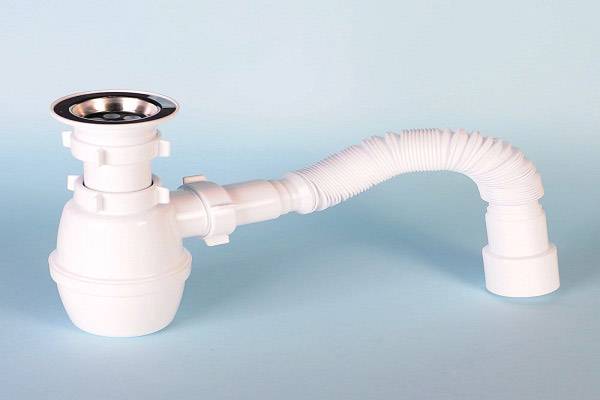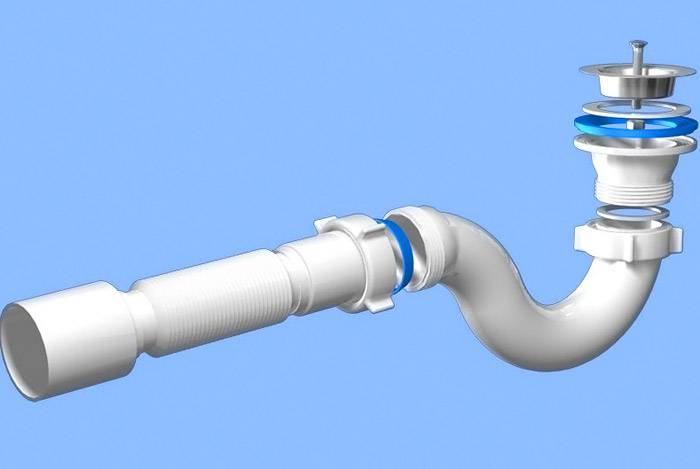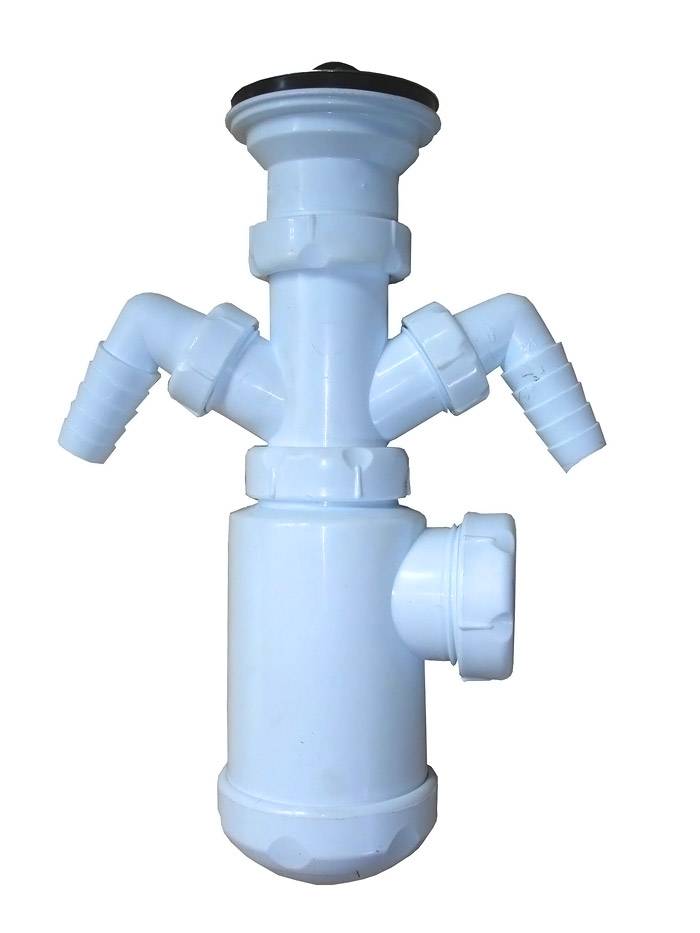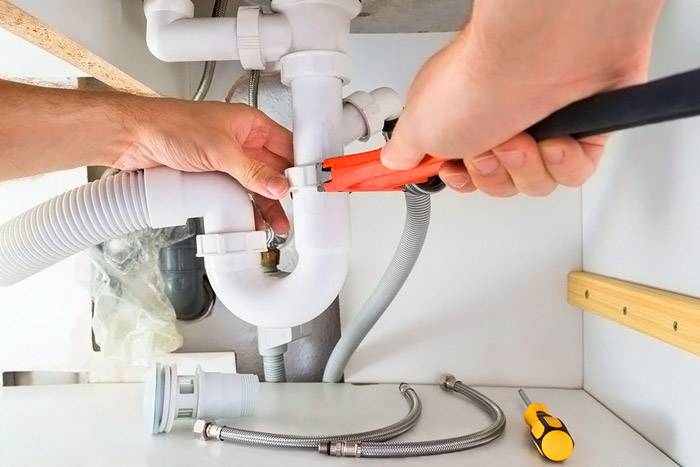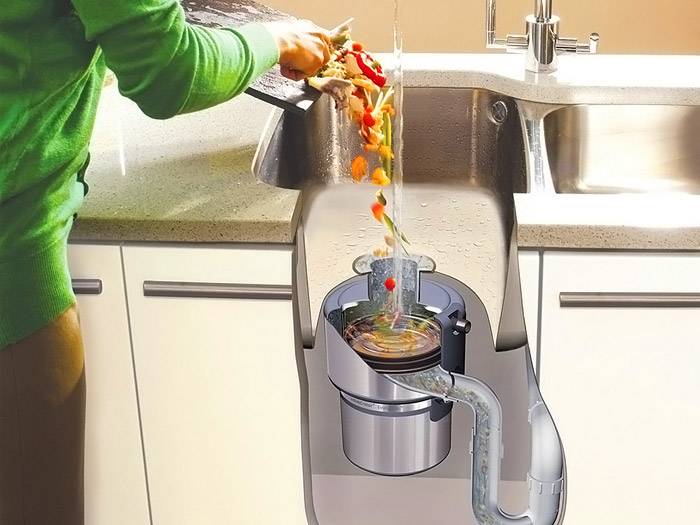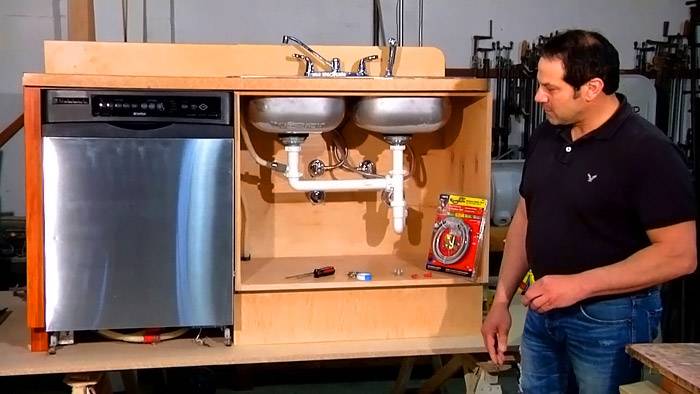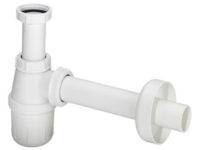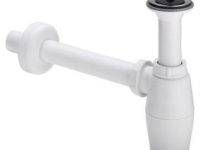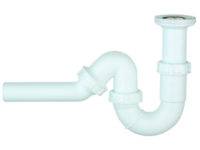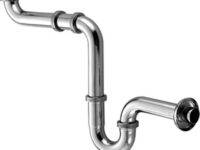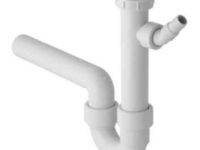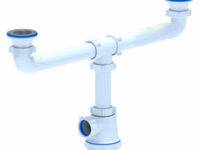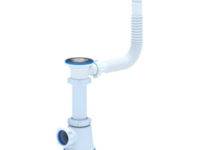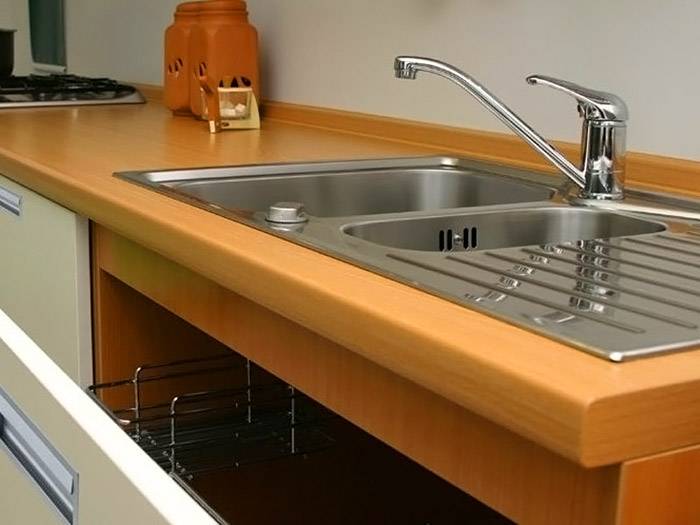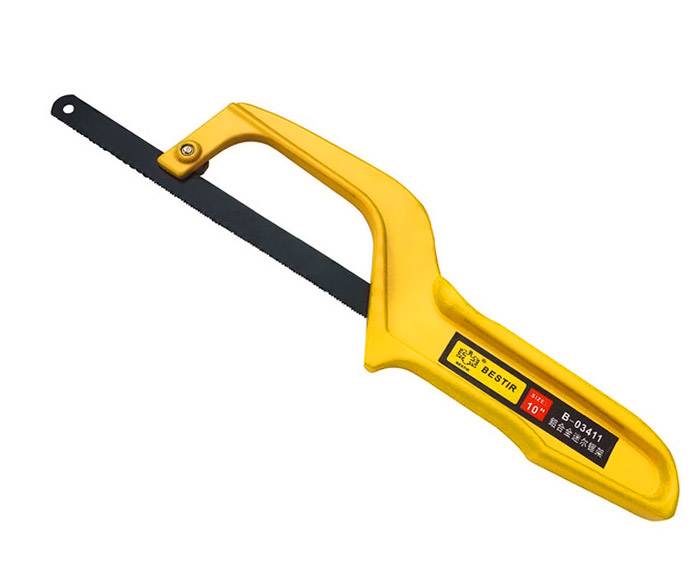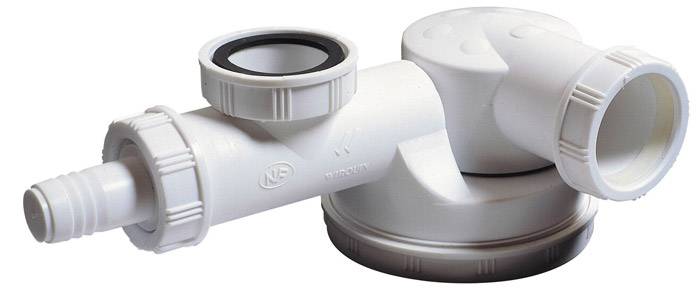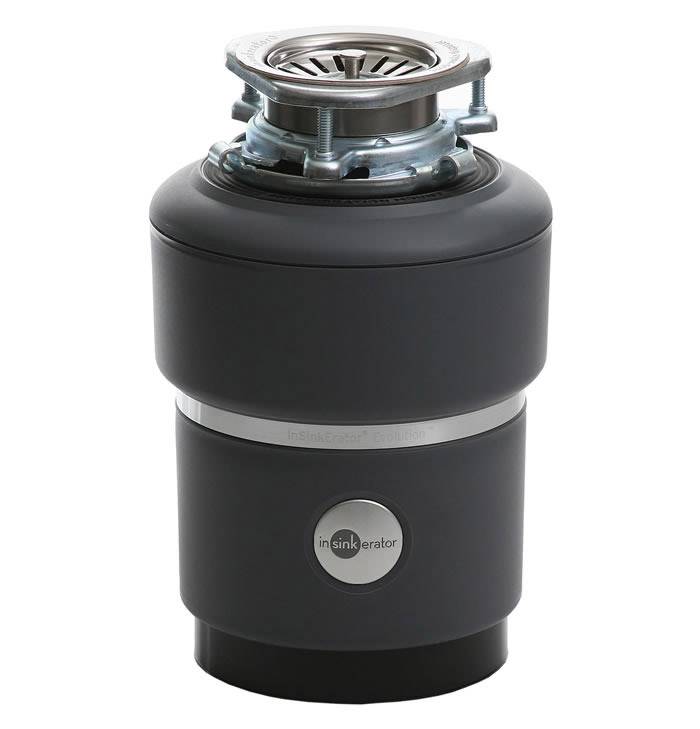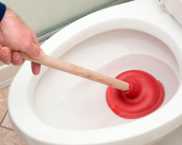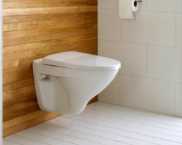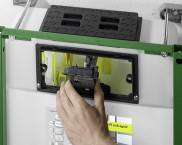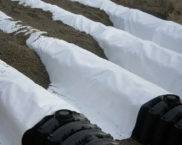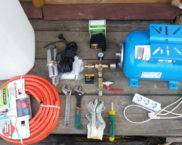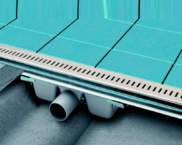Siphon for the kitchen sink: the right choice and installation without mistakes
Individual parts of plumbing systems are exposed to heavy loads and fail during operation. Sometimes a careless manufacturer is to blame. In other cases - natural wear and tear, or improper user actions. Be that as it may, but accidents must be eliminated as soon as possible. If you know how the siphon works for sinks in the kitchen, then you can do it yourself. To do this, you will need information about the specifics of performing work operations and how to select a new node without errors.
The content of the article [Hide]
Principles of operation and design features
When draining liquids together with waste into the sewer, it is necessary to ensure their free movement. At the same time, unpleasant odors should be prevented from entering the room atmosphere.
What functions does a sink siphon perform in the kitchen
Mechanical devices are not suitable for solving the above problem. With their help, it is too difficult to ensure perfect tightness, shutter speed. The exact name of the inventor is unknown. But in this case, it is appropriate to recall the saying that "all ingenious is simple."
Normally, the liquid levels in the parts indicated by the arrows are the same. When draining, water fills the container (1). Under the influence of the increased weight, it moves further along the pipeline to the next equilibrium state of levels. From area (2), the liquid, together with impurities, enters the sewer.
For example, a specialized technological product is used. But the kitchen sink siphon works on the same principles. A hydraulic seal is a pipe turn. It fulfills its purpose reliably, over a long period of operation. It is only necessary to ensure that there are no blockages and monitor the integrity of the drain system.
Siphon device for kitchen sinks
For a sanitary plug, only one 180 ° bend is sufficient. To prevent blockages, the pipe diameter is increased.
To eliminate some of the shortcomings, changes were made to the classical design.
Using this picture, you can study in detail the individual parts of the product:
The lower part should be studied more closely. Here, a “bottle” type seal is used. It has a twist-off siphon. Here dirt accumulates, which, if necessary, will be quickly removed.
Differences between different models and selection rules
The design differences are discussed above. The following information will help you more accurately select the composition of the equipment:
The exact configuration of the drainage system is selected taking into account the characteristics of a particular project.
Market offer overview
This table contains information about current offers. They canbut used for comparative analysis of the cost, taking into account individual characteristics.
How to assemble a kitchen sink siphon
When all the components of this part of the drainage system have been acquired, the following installation algorithm is applied:
Related article:
Additional tips and tricks for maintenance
Use the following information to rule out incorrect decisions:
Conclusion
Before buying a new product, it is necessary to clarify the features of its operation and placement:
Using the above tips in practice will prevent mistakes and help you install new plumbing fixtures without assistance.
Video: installing a sink siphon




